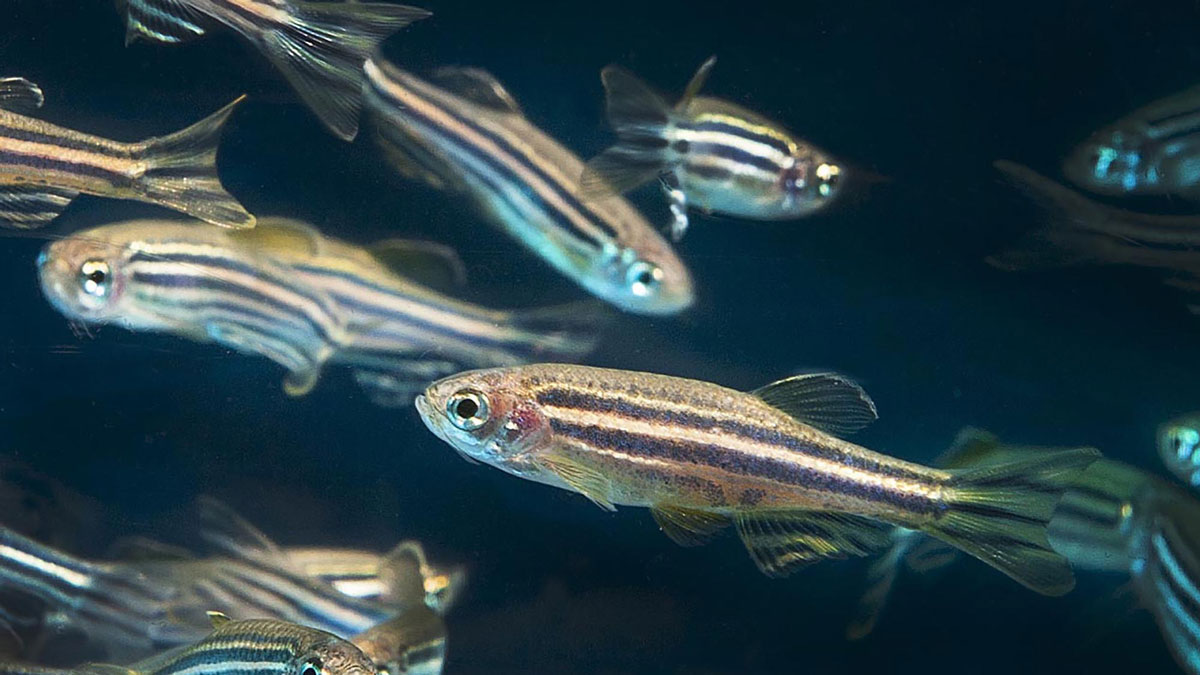
A heart attack will leave a permanent scar. But some animals—including some fish, amphibians, and even very young mammals—have the ability to completely repair damage to their hearts by growing new heart muscle. Understanding how a damaged heart can regenerate could help scientists develop therapies to heal human hearts in the wake of heart attack or other injury.
Now, by studying two tiny fish—zebrafish, which can regenerate heart muscle after injury, and medaka, which can’t—scientists are one step closer to understanding how a damaged heart can heal up to good as new.
First, the scientists replicated the effects of a heart attack in each species of fish. After giving the fish time to heal, they looked at which genes were active in individual heart cells to get a detailed picture of what zebrafish are doing differently. Because zebrafish and medaka are otherwise similar, the researchers hoped that most of the differences they saw would be relevant during heart regeneration.
The healing zebrafish heart and the scarred medaka heart look dramatically different at the cellular level, the scientists found. Unlike medaka, zebrafish have an immune response to heart injury that’s usually only seen upon viral infection, and immune cells called macrophages cluster around the wound. The clustering macrophages might encourage the growth of new blood vessels at the wound site, helping prevent a permanent scar.
And even when uninjured, the zebrafish heart includes a feature that the medaka heart lacks: a thin layer of cells called primordial cardiomyocytes, which resemble embryonic heart cells and which scientists suspect are important for regeneration.
But when comparing the two fish, almost every type of heart cell responded to injury at least slightly differently. For now, the scientists don’t know which changes are most important for heart regeneration, or how they work together to grow new heart muscle. But the differences they found could help guide future research into therapies for heart repair after injury.
The senior author on the study, James Gagnon, PhD, assistant professor of biological sciences at the University of Utah, said, “The more we learn about how animals can regenerate tissues, how those features have been lost in us and other animals, that’s going to help us think about our limitations and how we might engineer strategies to help us overcome those.”

